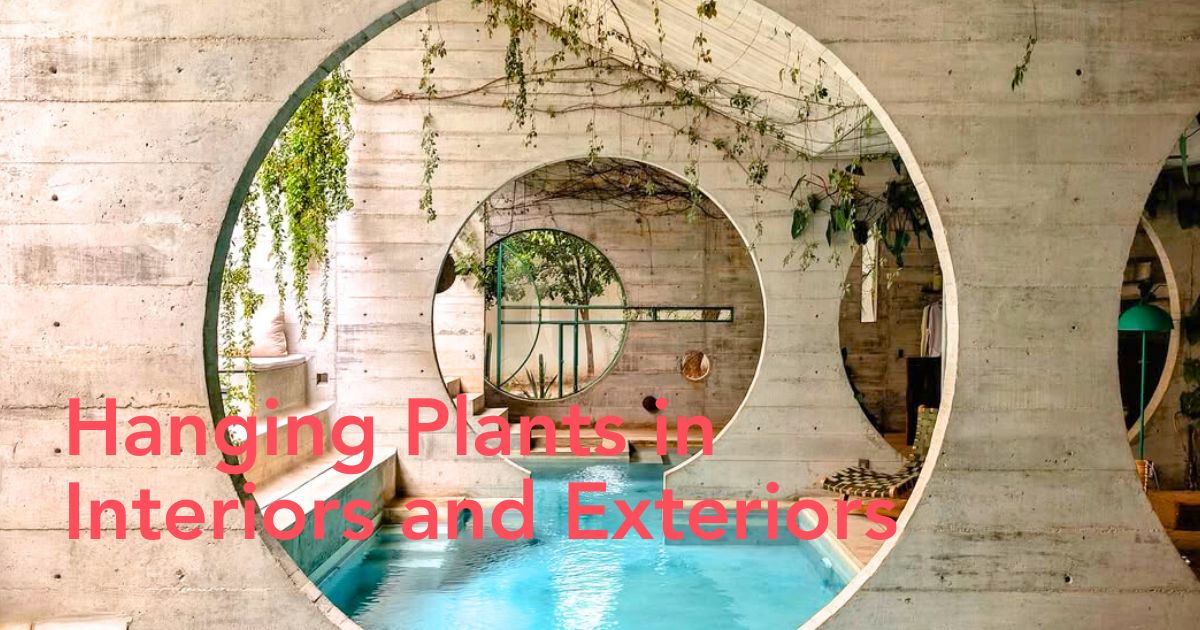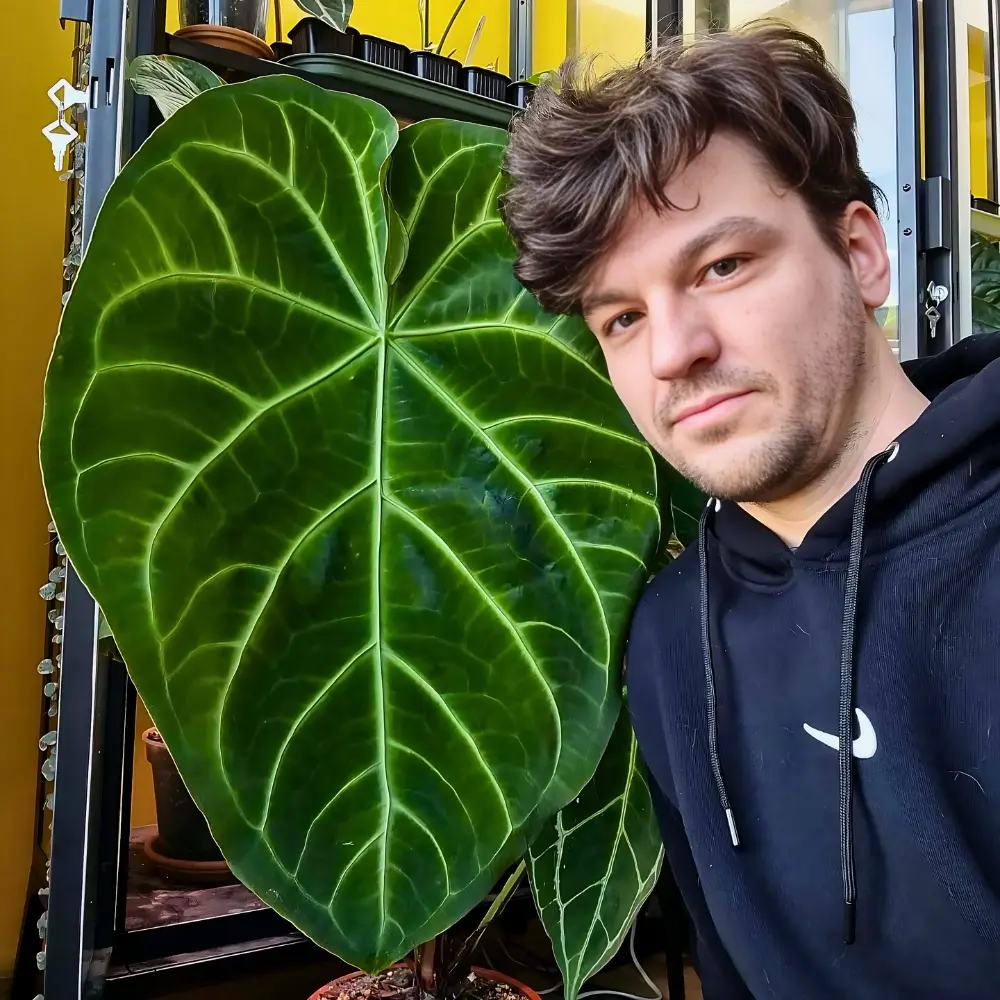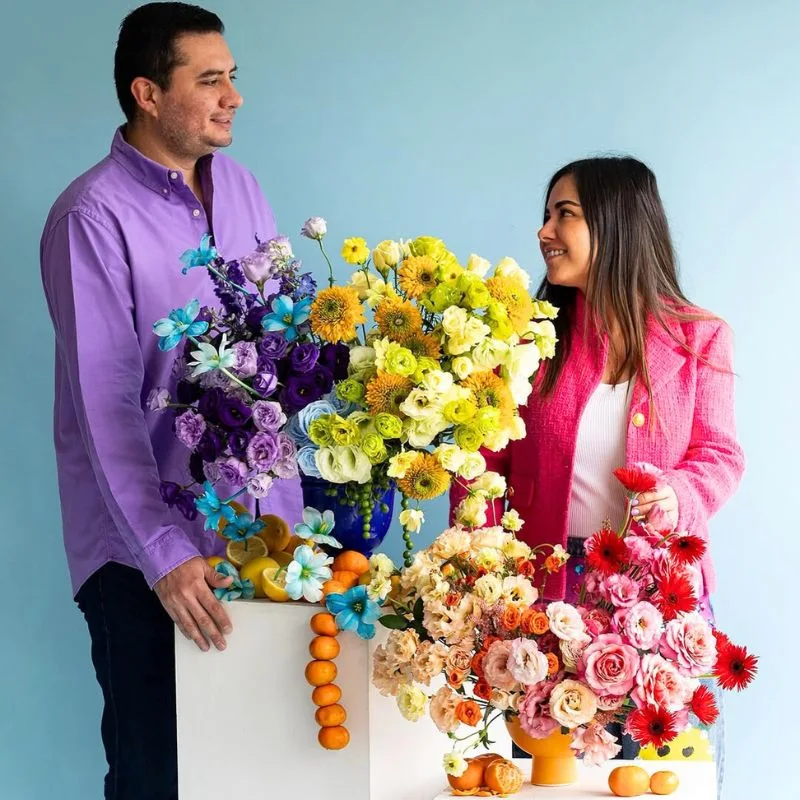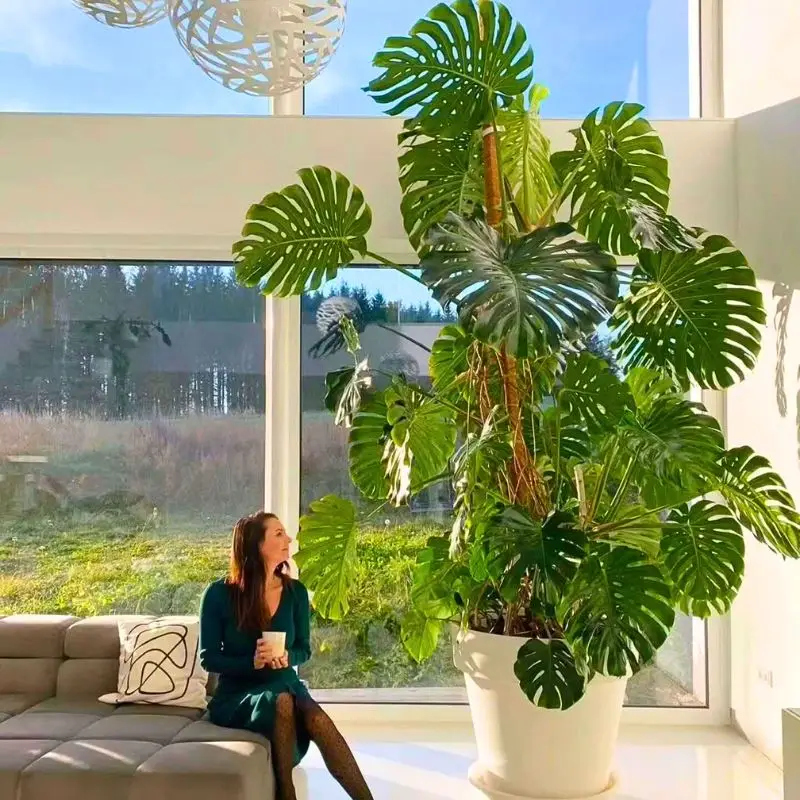Casa TO, located in Puerto Escondido, Mexico, is a project designed by architect Ludwig Godefroy that rethinks what a hotel can be. Built with a minimalist structure and strong architectural lines, the hotel is recognized for its balance between raw materiality and living detail. A central element in this balance is the careful integration of plants within the interiors. Vegetation is considered part of the design, influencing the mood, the rhythm of spaces, and the way guests experience the property.
Inside Casa TO – A Hotel Where Plants Set the Standard of Comfort
In Casa TO, plants are not treated as accessories. They are positioned and chosen to work with the geometry of the building, the movement of natural light, and the flow of air. By introducing living elements into spaces defined by concrete and water, the hotel achieves a softer and more approachable atmosphere. This approach demonstrates how hotels can use vegetation indoors as a design tool that strengthens architectural concepts.
The integration of plants inside Casa TO contributes directly to the sense of calm that visitors often describe. For travelers, arriving in a hotel that pays attention to these details makes a clear difference. The presence of plants moderates the intensity of a space built with stone and concrete, turning it into an environment that supports rest. Subtle changes in texture, tone, and form encourage guests to slow down and connect with the space. The mind and environment become one.
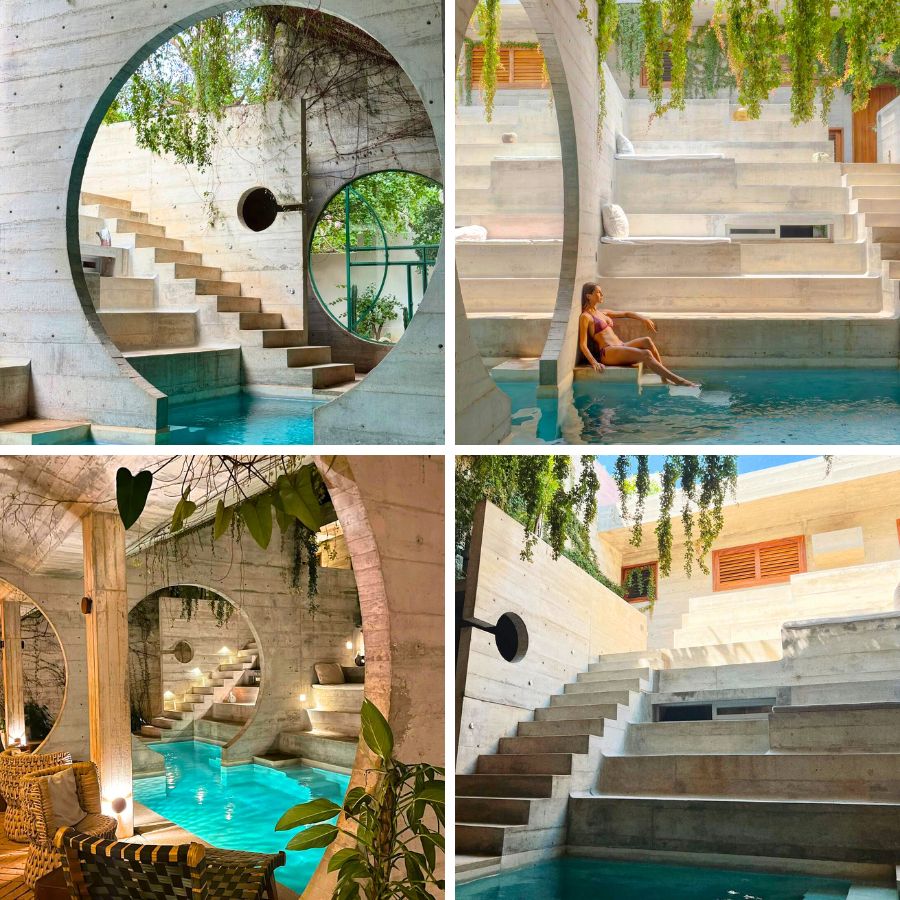
Plant-Filled Interiors Are a Must in Hotels Nowadays
Beyond aesthetics, the use of plants inside hotels brings practical advantages. Indoor plants can help regulate humidity and temperature, which is especially relevant in tropical climates such as Puerto Escondido’s. They can also soften acoustics by absorbing some of the sharp echoes common in structures dominated by hard surfaces. In Casa TO, these functional benefits are aligned with the architectural intent, making the presence of plants purposeful at every level.
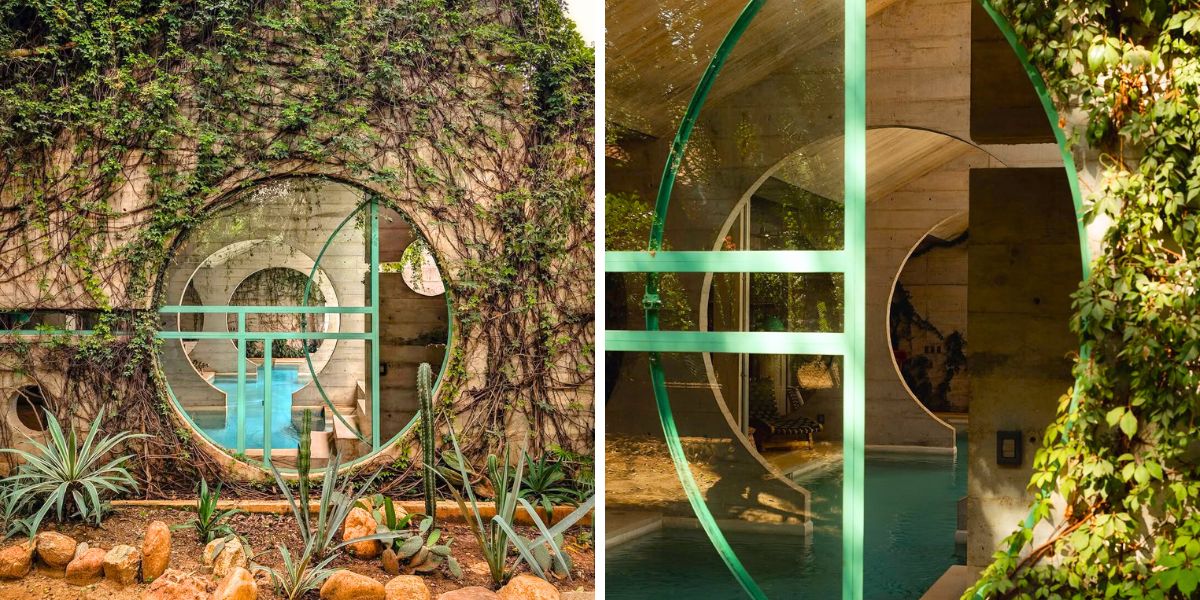
The strategic use of plants in interiors also creates stronger memories for guests. A minimalist room with well-placed living elements feels distinct, personal, and intentional. People remember how the space made them feel, and plants are part of that memory. For hotel operators, this is more than a visual decision—it becomes part of the guest experience strategy. By using vegetation inside, hotels can shape how their spaces are perceived and how visitors describe them afterward.
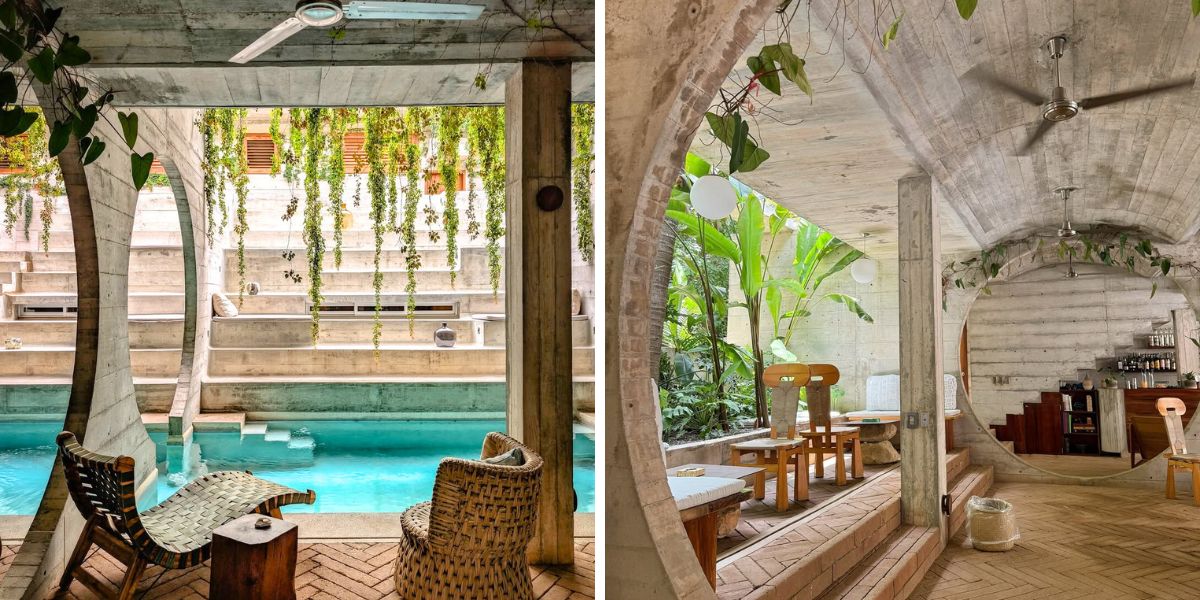
Relevance for Today’s Hospitality Industry
Hotels today are competing not only on service and amenities but also on atmosphere. Design that integrates living elements communicates care, attention, and a connection to the environment. Casa TO illustrates how this approach can be achieved without excess or distraction. The lesson is clear: thoughtful integration of plants inside hotels contributes to both the identity of the brand and the satisfaction of the guest.
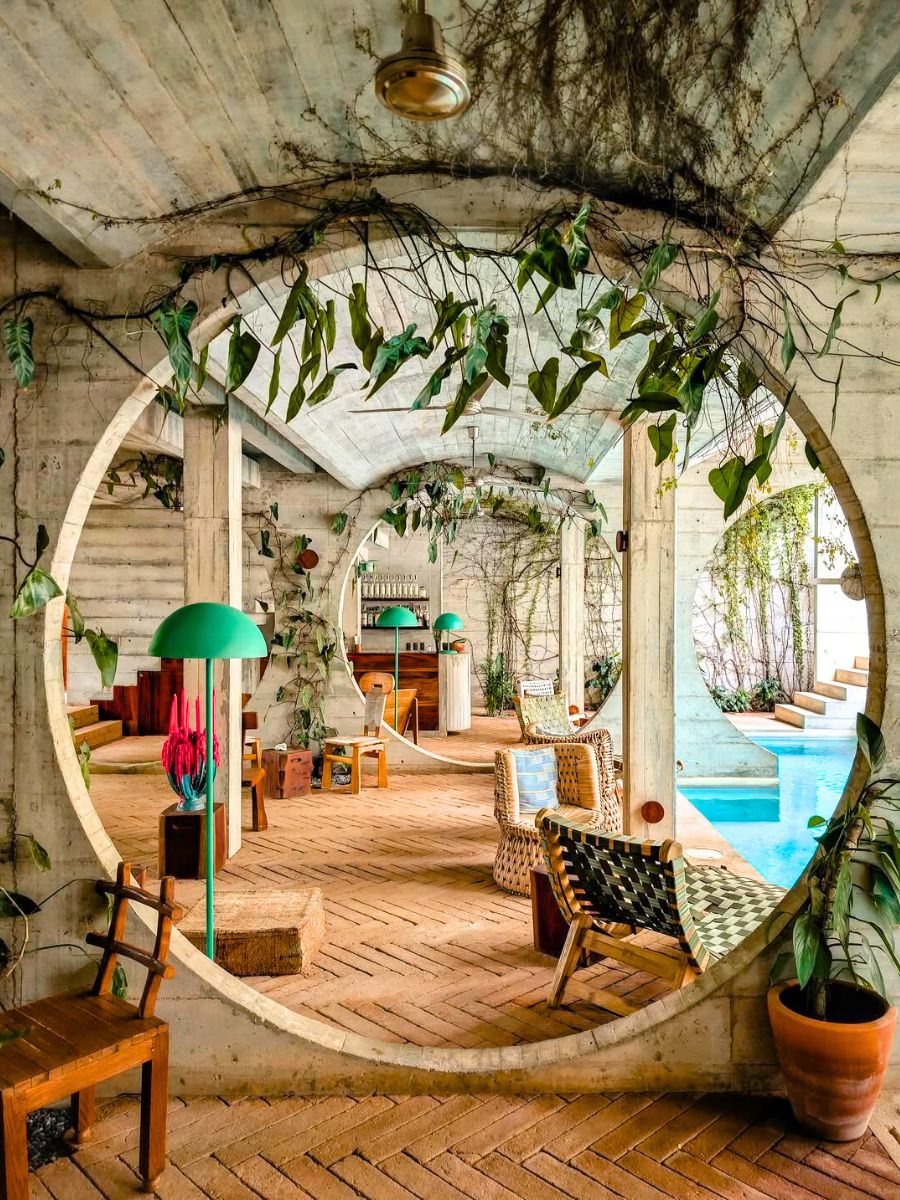
The hotel demonstrates the value of integrating plants into hotel interiors as a central design decision. The project shows how living elements can work with raw architectural forms to create spaces that are functional, memorable, and restorative.
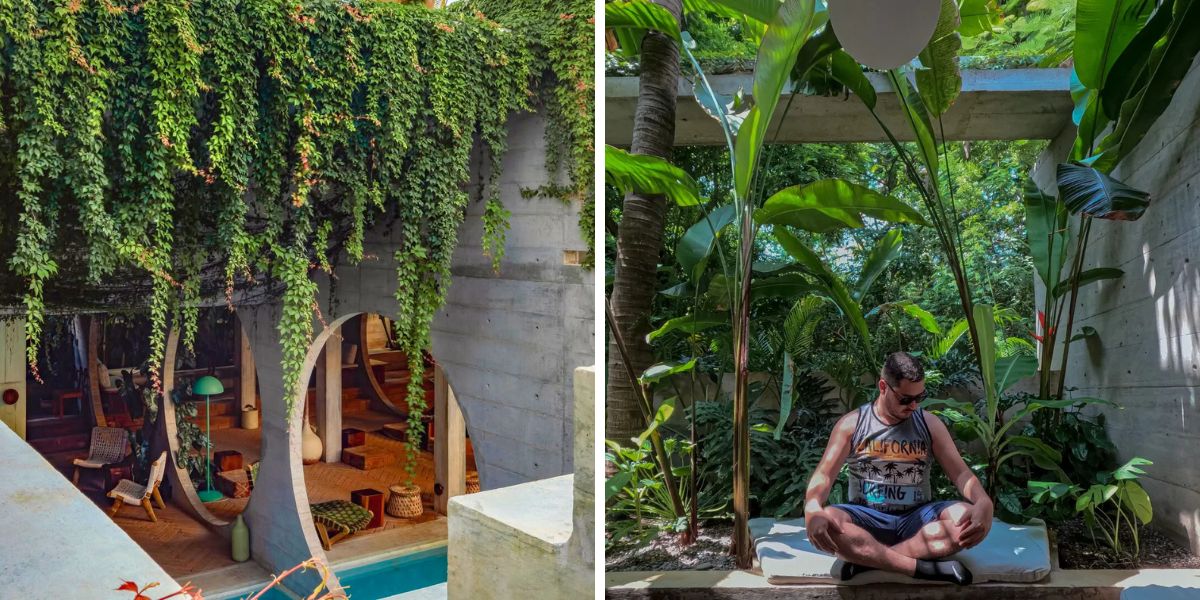
Besides, have you seen the beyond incredible architectural design of the space? The circles, perfectly formed and built, make it seem as if they are eternal, surrounded by hanging plants, a pool to refresh, and stairs to get soaked in the sun. What else could anyone ask for?

